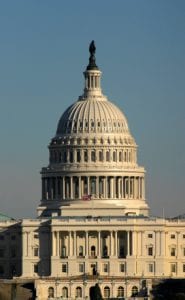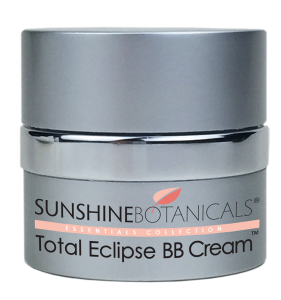Major Breaking News…
Sunscreens, Sun Blocks, Misleading Claims, Toxic Ingredients, and New FDA Regulations Cause Confusion for Consumer and Manufacturer Alike… Worldwide, the greatest risk in melanoma has been in countries where sunscreens have been heavily promoted.
Queensland, Australia, where the medical establishment has vigorously promoted the use of sunscreens has more evidence of melanoma per capita than any other place (Garland, Cedric F., et al American Journal of Public Health, April 1992). Drs. Cedric and Frank Garland of the University of California have pointed out that while sunscreens do prevent against sunburn there is no scientific proof they protect against basal cell carcinoma in humans.
In 1997, Europe, Canada, and Australia changed sunscreens to use only three specific sunscreen ingredients, avobenzone, titanium dioxide and zinc oxide as the basis of sunscreens. All others were banned. In March of 2008, a new study by the U.S. Centers for Disease Control (CDC) reveals that 97% of Americans are contaminated with a widely-used sunscreen ingredient called oxybenzone that has been linked to allergies, hormone disruption, and cell damage. A companion study published just one day earlier revealed that this chemical is linked to low birth weight in baby girls whose mothers are exposed during pregnancy. Oxybenzone is also a penetration enhancer, a chemical that helps other chemicals penetrate the skin.
Just What Is the Difference Between a Sun Block and a Sunscreen Anyway? Contrary to popular belief, sunscreen and sunblock are not the same things…
Sunscreen contains materials that act as a filter to allow a certain range of UV light to be absorbed into the skin. Studies have proven a majority of these ingredients to be toxic and/or carcinogenic.
Sunblock contains materials (usually minerals) that reflect and scatter the UV light and acts a wall between damaging UBA rays and your skin.

The FDA Has Passed Major Labeling Laws that Dramatically Effect YOU and How You Purchase Sun Protective Products – What You Need to Know and What Sunshine Botanicals Position on These Issues Are…
As a result of the FDA’s decision that sunscreens and sunblocks with SPF factors listed on the label make that product an OTC drug, AND considering that the FDA’s approved list of ingredients for sun protection is very toxic, this becomes a category of products that we can not ethically produce and sell to the consumer. We believe there are healthy alternatives available that will help prevent premature aging and sun damage, however, the FDA will not allow us to say that.
So what does this mean? Since sun protection is crucial to healthy skin and helps protect against environmental aging, what we can tell you is this: According to the FDA’s new product labeling regulations, we are allowed to tell you that specific minerals have been proven to be very effective ingredients that actually reflect UV rays, thus providing natural sun protection benefits.
We have experienced great results using minerals for sun protection for some time, and we have chosen to use them in our Total Eclipse BB Cream.
Click here to see “Total Eclipse” key ingredient solutions
So, as you can see – we can not label this product as a “sunblock”… It is just an incredible moisturizer with amazing “side effects”.



